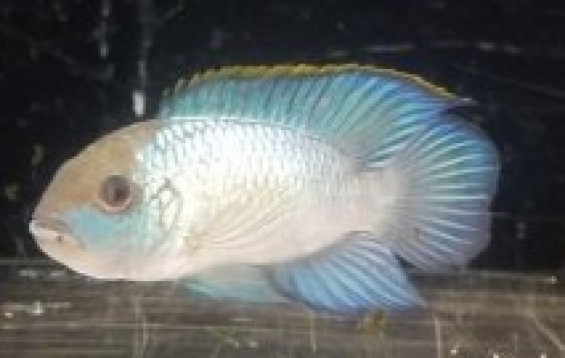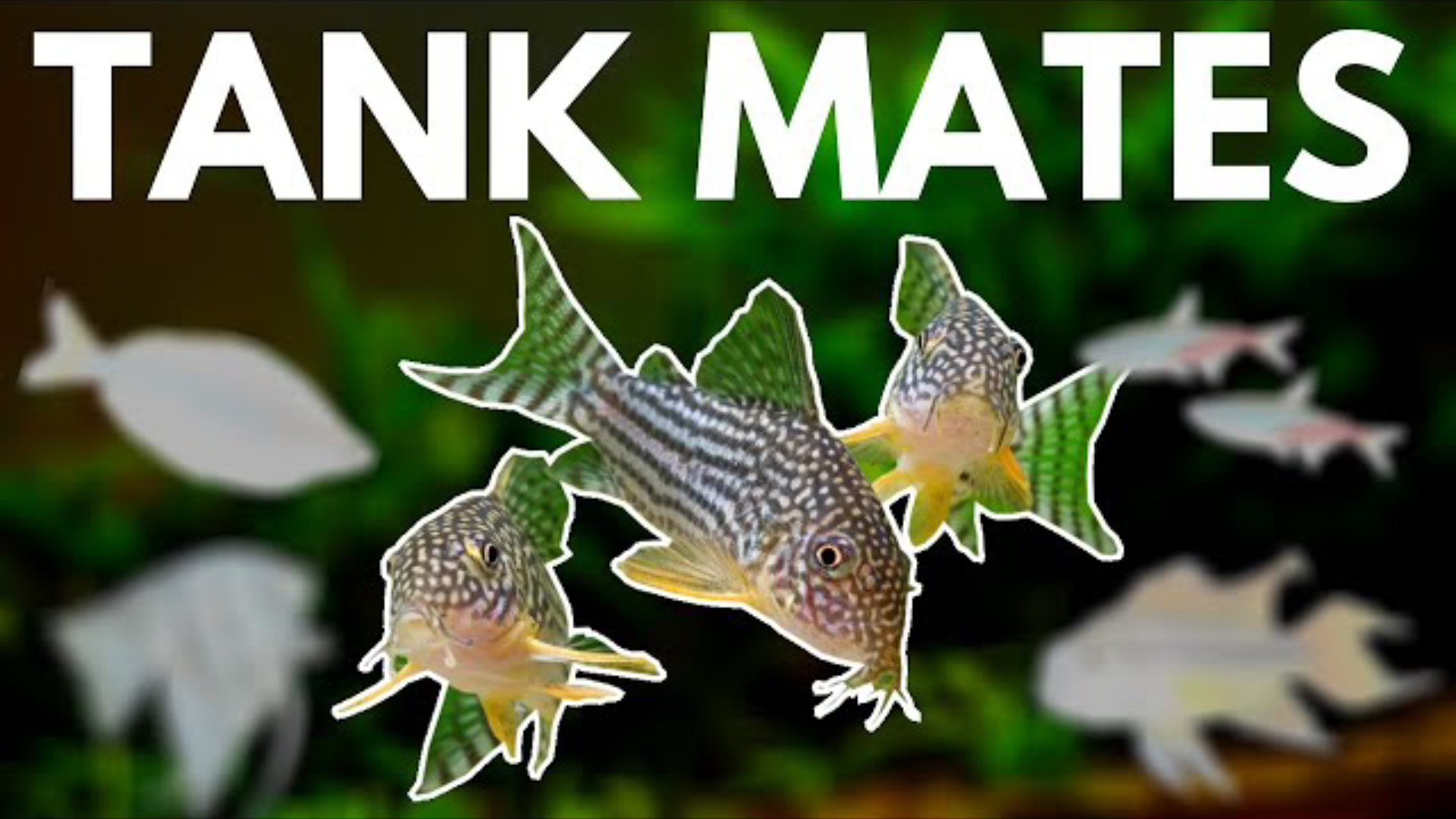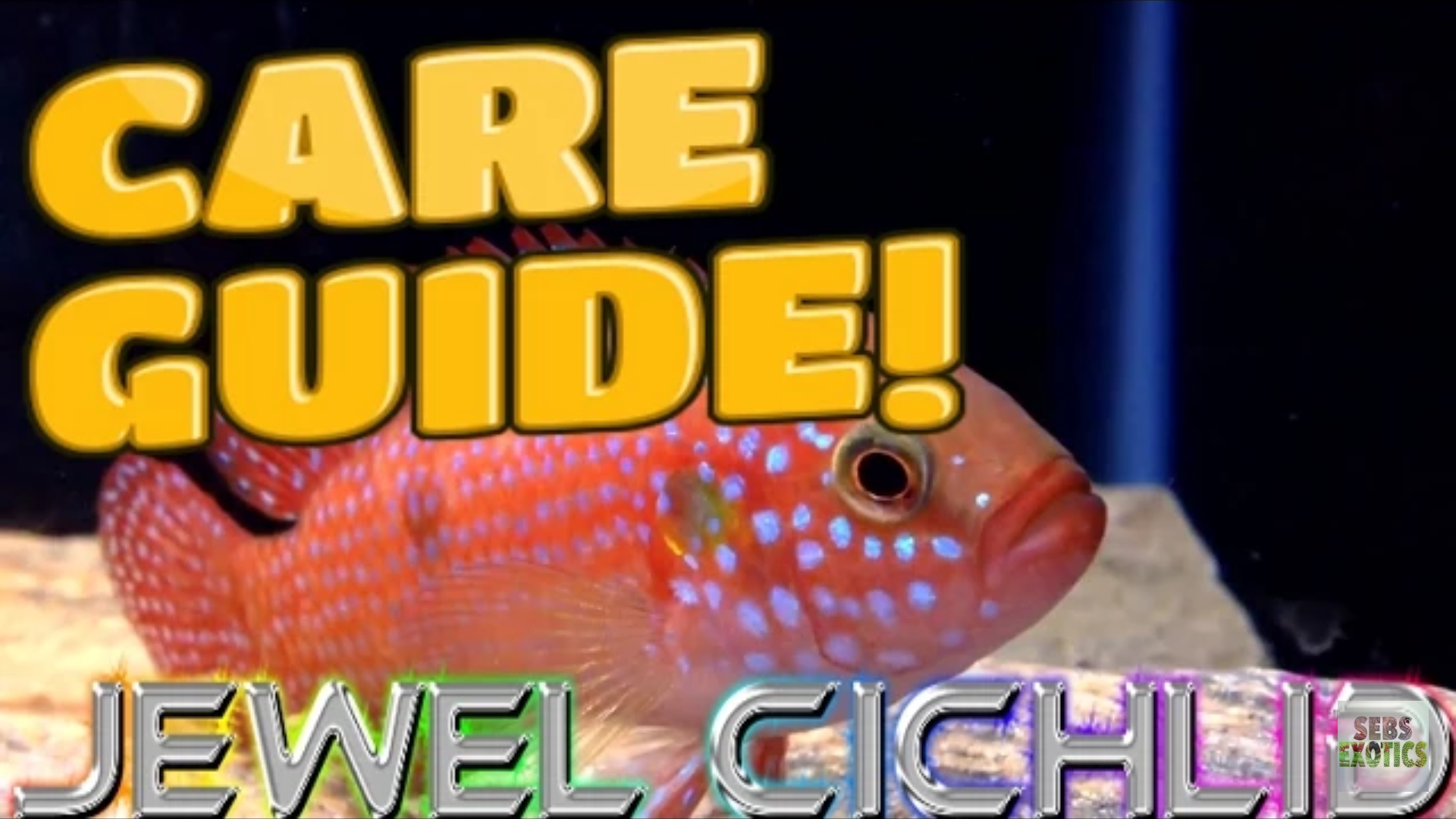- Name:
Blue Acara
- Family: Cichlidae
- Species: New World Cichlids
- Scientific Name: Andinoacara pulcher


General info about Blue Acara
These fish have a broader forehead than other Acara species, they are blue and can reach up to 8 inches. To keep these fish in captivity, water pH should be between 6.5 and 8.0 and water temperature should range from 72ºF to 85ºF. The tank should have a sandy substrate, rocks, driftwood branches and floating plants. They can be kept in community aquariums with large species they can’t swallow. They can be kept in groups or as a single individual.
Blue Acara Diet & Nutrition
This species is carnivorous. It can be fed with brine shrimp, chopped mussel or prawn and earthworms, it can also be fed with dried foods.
Determining Sex of Blue Acara
Male’s dorsal and anal fins are more pointed unlike female’s, which are rounded.
Breeding & Spawning Blue Acara
To breed this species in captivity, it is best to get a group of 6 and let them pair off naturally, once a pair forms, the rest of the group should be removed. The breeding tank should have water pH around 7 and temperature ranging from 77ºF to 82ºF, it should also have flat rocks and plants. The pair will start by choosing and cleaning a spawning site, then the female will lay her eggs in the spawning site and the male will fertilize them. The eggs take 48 to 72 hours to hatch, during this period both parents will guard and tend to the eggs. The fry take 72 hours to become free swimming after hatching.
Blue Acara Origin
This species is endemic to Central and South America.
Original Detail
| Name | Species | Family | Scientific Name | More Detail | Added by |
|---|---|---|---|---|---|
| Blue Acara | New World Cichlids | Cichlidae | Andinoacara pulcher | These fish have a broader forehead than other Acara species, they are blue and can reach up to 8 inches. To keep these fish in captivity, water pH should be between 6.5 and 8.0 and water temperature should range from 72ºF to 85ºF. The tank should have a sandy substrate, rocks, driftwood branches and floating plants. They can be kept in community aquariums with large species they can’t swallow. They can be kept in groups or as a single individual. |
PalaciosAn |
Changed by users
| Submitted Date | Submitted By | Status | Action |
|---|





